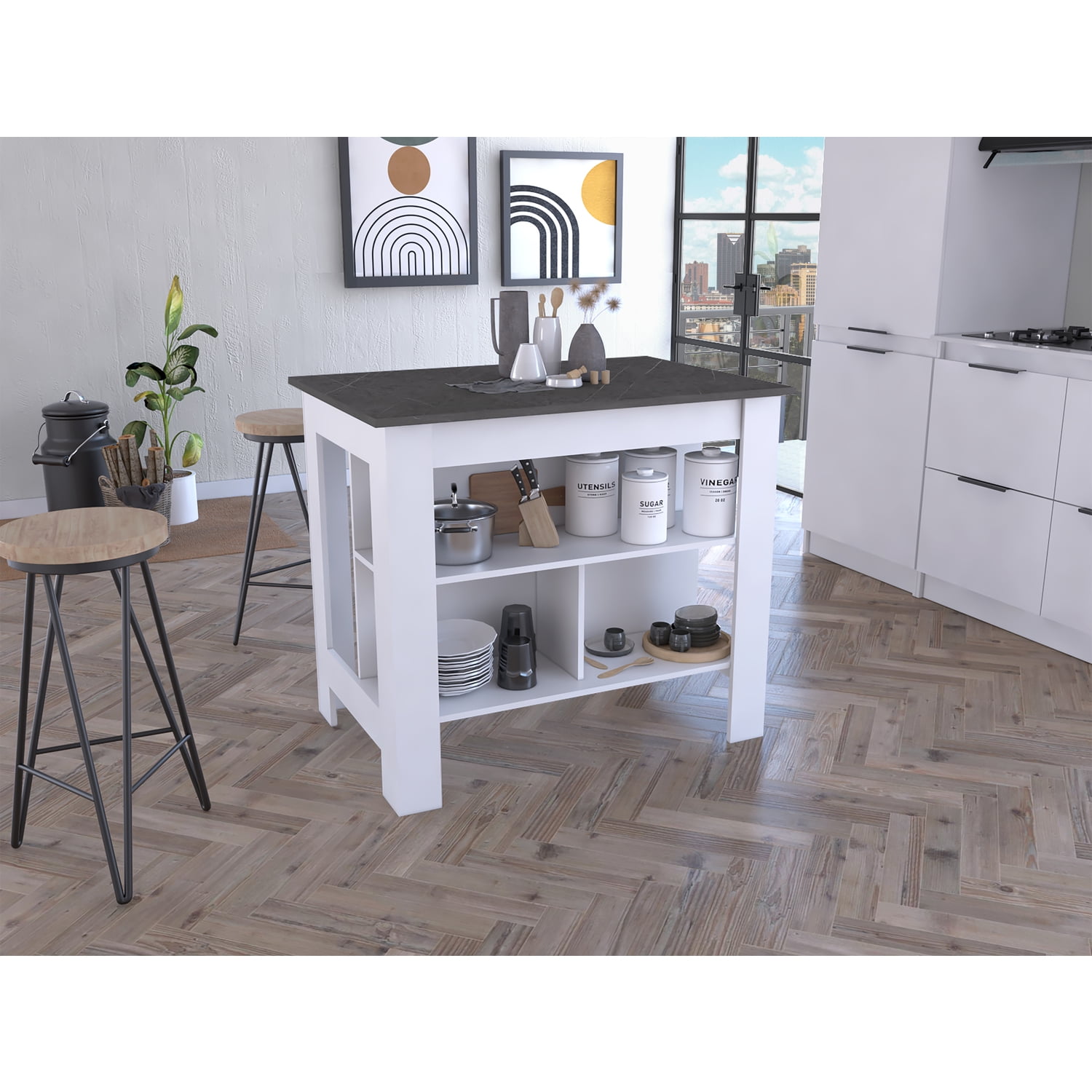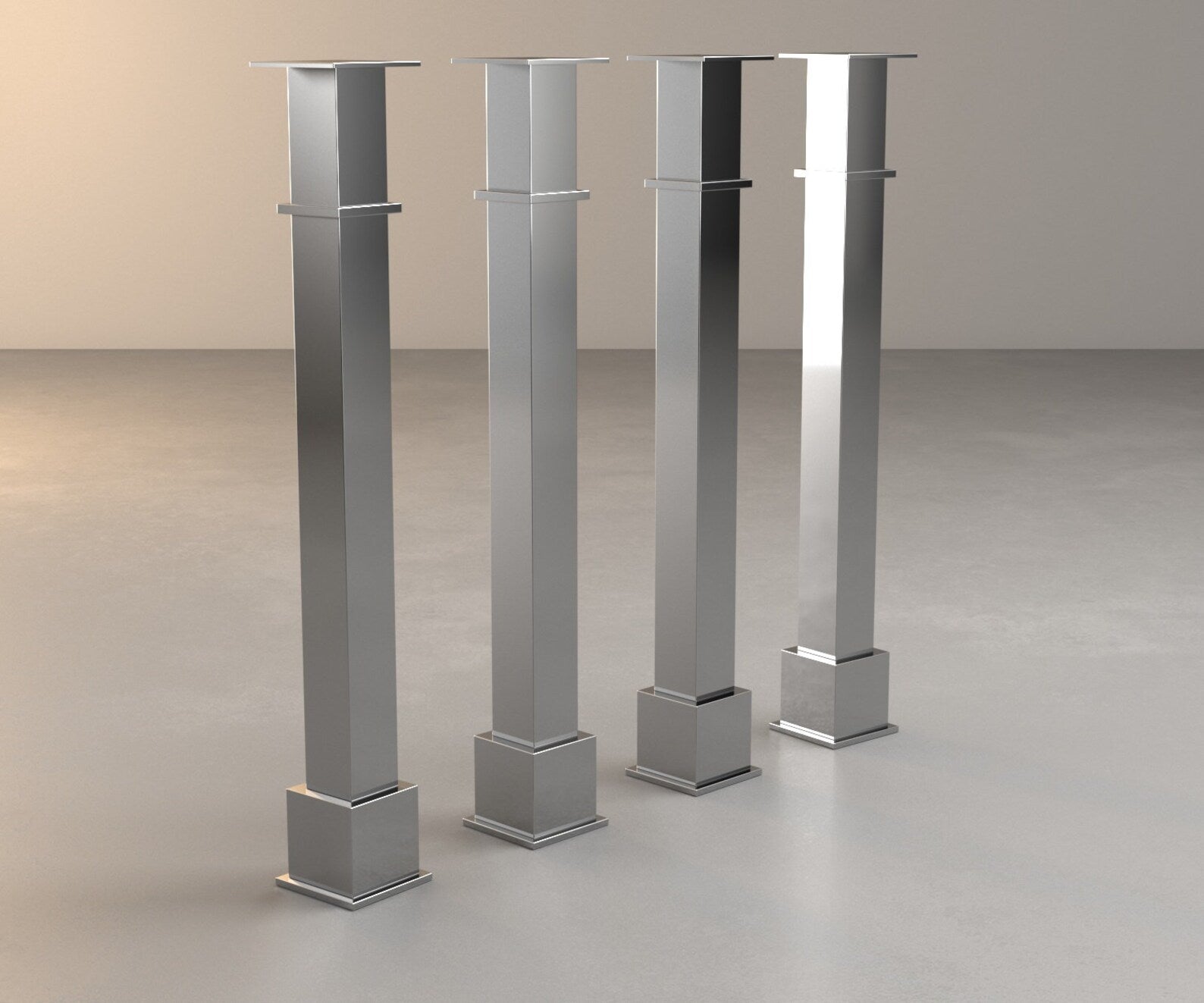Essential Factors to Take Into Consideration When Picking Legs For Cooking Area Island
Choosing the suitable legs for a kitchen island entails a careful assessment of numerous aspects that can substantially influence both functionality and visual appeal. Among these, the selection of material plays a critical role in making certain longevity, while the style has to enhance the existing decoration. Additionally, considerations such as elevation and weight support are crucial for security and comfort. As we discover these elements, it comes to be clear that each choice can have far-reaching implications for the general kitchen experience. What subtleties should be considered in each of these classifications to achieve the ideal equilibrium?
Product Options
When selecting legs for a kitchen island, recognizing the various material choices is essential for accomplishing both visual allure and structural honesty (Legs For Kitchen Island). The choice of material dramatically affects not only the toughness of the island yet also its overall layout and functionality
Steel legs, often made from stainless steel or wrought iron, add a contemporary and industrial feel while ensuring durability and stability. These products are immune to use and can sustain substantial weight, making them suitable for bigger islands.
One more option is engineered materials, like MDF or plywood, which can be extra economical while still offering a series of coatings. They may not offer the exact same level of stability as strong wood or metal. Legs For Kitchen Island. Last but not least, products such as acrylic or glass can produce a contemporary appearance, though they may require added assistance to guarantee stability.
Ultimately, the selection of material for cooking area island legs need to straighten with the wanted performance and the overall style of the kitchen area.
Design And Style

When taking into consideration style, the form and surface of the legs are essential. Tapered legs can provide a sense of lightness and style, while thicker, extra durable legs can convey strength and stability. Furthermore, the finish-- be it painted, stained, or natural-- ought to complement the cabinets and counter top materials to develop a unified appearance.
Moreover, the style of the legs can likewise reflect personal taste. Custom-made or attractive legs, such as those including complex carvings or special geometric shapes, can work as focal points, including character and personality to the kitchen. Inevitably, the right selection will not just enhance capability but likewise elevate the visual appeal, making the kitchen island a standout attribute of the home.
Elevation Considerations
Selecting the ideal height for cooking area island legs is critical, as it straight impacts both performance and convenience. The basic elevation for a kitchen area island typically ranges from 36 to 42 inches, aligning with common countertop elevations.

It is also important to make up individuals' preferences and heights. Customizing the elevation can make sure a comfy experience for all member of the family, making the kitchen area island a much more delightful and practical room.
Weight Support
Making certain sufficient Bonuses weight assistance for cooking area island legs is vital for both safety and security and capability. The cooking area island usually serves multiple functions, consisting of cooking, eating, and added storage, requiring a durable assistance structure. When picking legs, it is essential to think about the overall weight capacity required based upon the island's planned usage and the materials that will be placed on it.
The choice of material for the legs plays a considerable duty in their weight-bearing capabilities. Strong timber, steel, and sturdy composites normally provide premium toughness compared to lighter materials. Additionally, the design of the legs-- whether they are straight, tapered, or have a pedestal type-- can affect their ability to distribute weight properly across the framework.
In addition, the leg positioning ought to be strategically intended to boost security. Legs positioned at the corners or with a wider base can better sustain larger tons. Always consult the manufacturer's specifications regarding lots limitations to make sure that the legs can sustain the designated weight without endangering security. In recap, choosing cooking area island legs with ample weight support is important for developing a useful and safe cooking area.
Installation and Upkeep
Correct installment and maintenance of kitchen area island legs are vital for ensuring long life and security. This typically entails protecting the legs to the island base utilizing proper bolts, ensuring that the legs are degree and aligned.
As soon as set up, regular maintenance is necessary to maintain the honesty and appearance of the legs - Legs For Kitchen Island. For wood legs, regular cleaning with a wet towel and application of ideal wood gloss can avoid moisture damage and preserve their finish. Metal legs might call for a gentle cleansing solution to eliminate grease and crud, complied with by a dry towel to avoid corrosion development
Additionally, check the legs regularly for indications of wear or damages, such as fractures or loosened joints. Tightening screws or screws as required can also extend the life-span of the legs. By sticking to these installment and maintenance techniques, homeowners can make certain that their kitchen area island stays tough and visually appealing for years to come.
Conclusion

Aesthetic coherence is vital in picking the style and design of legs for a cooking area i thought about this island, as these elements substantially influence the overall ambiance of the room. Conical legs can give a feeling of agility and style, while thicker, extra durable legs can share toughness and security.Picking the ideal elevation for kitchen island legs is vital, as it directly impacts both capability and convenience. In summary, selecting kitchen island legs with adequate weight assistance is essential for developing a functional and risk-free cooking room.
In conclusion, choosing legs for a kitchen island requires cautious factor to consider of different elements, including product options, style, height, weight assistance, and installment.